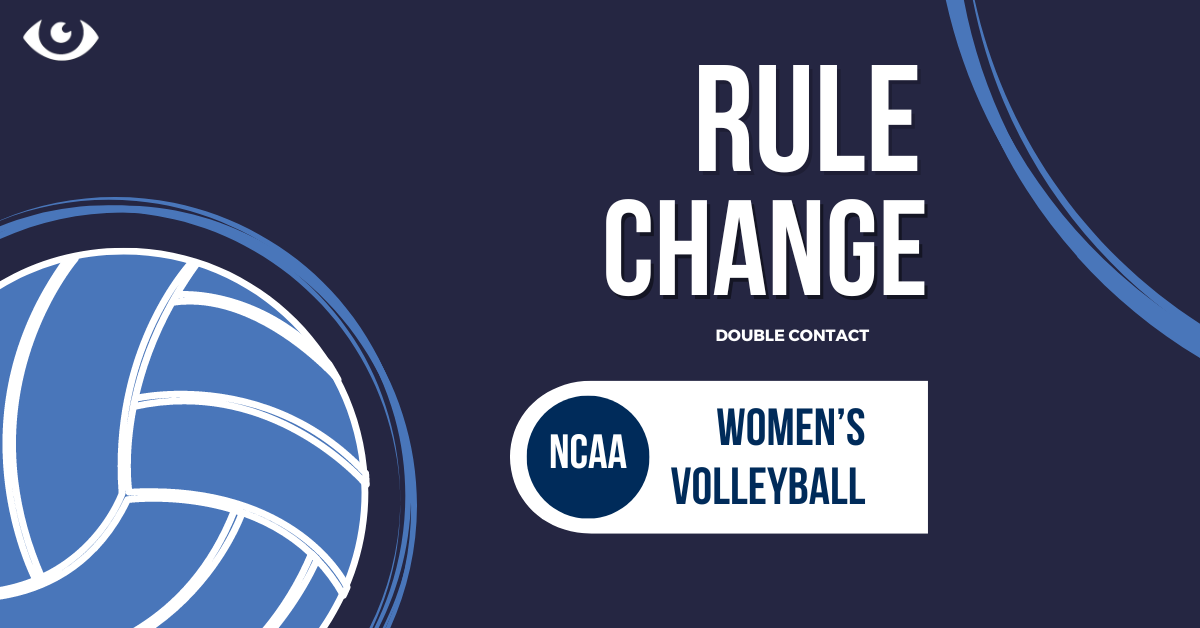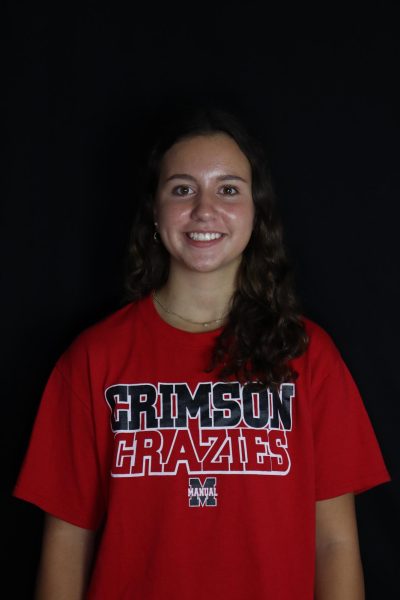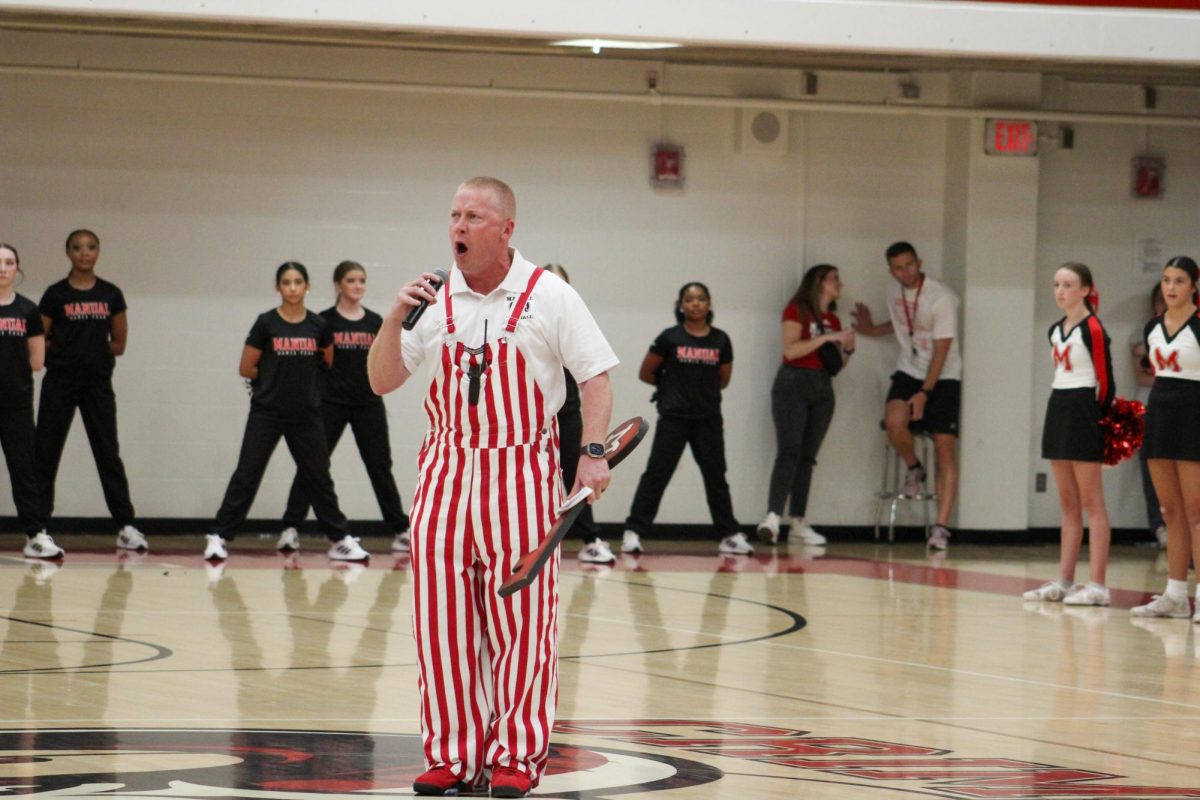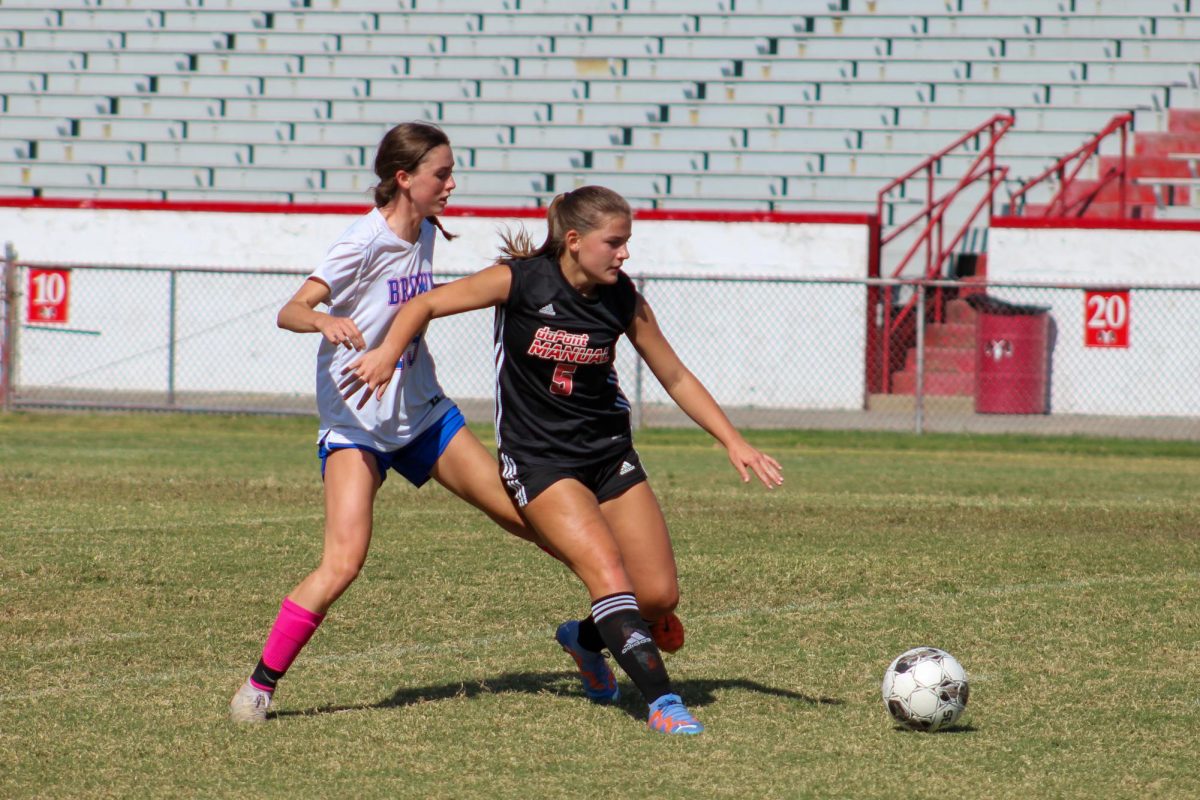On February 20th, the NCAA released an article that discusses the changes made to women’s volleyball by the NCAA Playing Rules Oversight Panel.
The new rules included allowing two liberos, red cards being given to spectators, allowing interference above the net to be challenged, expanding authorized jewelry and requiring all call protests to be resolved during the match.
The most controversial rule change was the approval of the double contact. In volleyball, the ball can only be contacted three times before it must be sent over the net. A double contact is when one person touches the ball twice within a singular contact. For example, a set is usually the second contact of the three, and is done with both hands. If the setter touches the ball with both hands at the same time, it is a clean contact. If the setter touches the ball with both hands one after the other, it is a double.
Doubles are most commonly seen within the first two contacts. Previously to this rule change, a double had been legal for the first contact, but prohibited for the second two. Now, a double is permitted for the first and second contacts. If the double contact goes over the net, regardless of which contact it is, or the double is made on the third contact, it would still be considered a fault and that team would lose the point.
The passing of this rule came with a lot of feedback, mostly spread on social media. TikToks circulated of volleyball players, coaches, and fans reacting to the changes.
Many people believe that the rule change is harming the game of volleyball. Setters across the country have expressed that all their hard work has gone to waste, as they feel that anyone can be a setter now. But this argument is illogical because the set is still much easier to hit when it is a clean contact. Coaches aren’t going to be recruiting setters who consistently double, because they lack skills that most well-trained setters have.
In addition, doubles are not prominent in NCAA volleyball, regardless of division, because of the amount of technique that college players have. The NCAA collected data from experimentally putting the rule into place in the 2022 spring season and found that allowing doubles will only affect “a small number of calls.”
According to the NCAA, the reason for the rule change was the ‘intense debates’ between coaches and volleyball officials. The erasure of these debates will prevent the game slowing down.
With the indistinct nature of the double contact, more calls will likely be up to the referee’s leniency. Some referees are less likely to call a double if they think they saw one, and some are much more strict enforcing the rule. If these calls are no longer an option, it will speed up the game by reducing unnecessary calls and challenges or debates from coaches.
The same arguments occurred in 1998, when doubles were approved for the first contact only. People believed that allowing first contact doubles would erase the skill from serve receive and passing and the cleanliness of the game. In contrast, 26 years later, it is apparent that this change has only sped up the game and reduced controversial calls.
Allowing doubles in NCAA volleyball will have a greater effect on social media than it ever will in the game. Media coverage has inflated this change to be an issue, when it will solely benefit the game of volleyball.
“Our goals with all the proposals were to continue to make volleyball an exciting game to watch and play. Our sport is in such a great place that we only want to continue advancing it and not set us back,” said Lyndsey Oats, NCAA Women’s Volleyball Rules Committee Chair.














